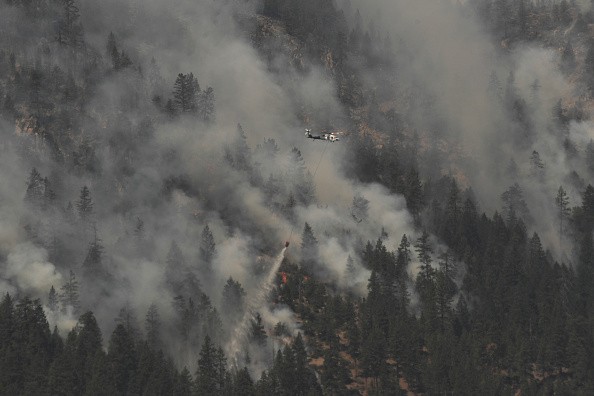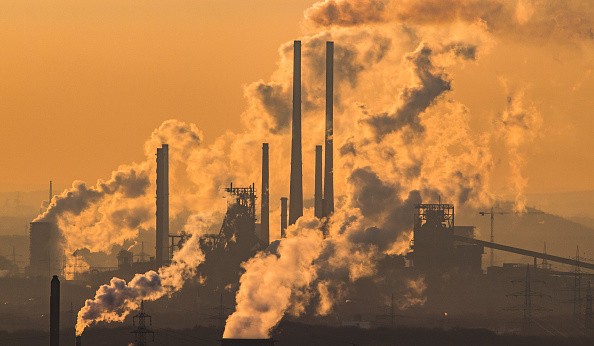The main question heading into the Glasgow climate conference is whether big economies can decrease emissions sufficiently by 2050 to achieve a carbon-neutral society in which humankind no longer emits planet-warming gases.

Taking CO2 Out of the Air
Tools and techniques to take CO2 directly out of the air are less spoken about, but they're fast climbing up the climate agenda.
Even skeptics believe that meeting the Paris Agreement target of keeping global warming below two degrees Celsius will be exceedingly difficult without carbon dioxide removal (CDR), also known as "negative emission."
Glen Peters, research director of the Centre for International Climate Research, said, "We need severe, radical emissions reductions, and on top of that, we need some CDR."
How to Extract CO2

CO2 may be extracted from the atmosphere in two ways.
One option is to increase nature's ability to absorb and store carbon. Forest restoration, mangrove restoration, and large-scale tree planting Nice, Franceting, and rising carbon absorption in rocks or the ocean are all examples of "nature-based solutions," which are highly contested.
The second method, known as direct air capture, employs chemical procedures to remove CO2, recycled or stored in porous rock formations, new coal beds, or saline aquifers.
BECCS, or bioenergy with carbon capture and storage, is a variant that incorporates features from both techniques.
Biofuels are made from wood pellets or other biomass, burnt to power turbines that create energy. As a result, CO2 released is nearly balanced by CO2 absorbed by plants during their growth.
The method becomes a net-negative technology when carbon dioxide from the power plant's exhaust is siphoned off and stored underground.
Why Do We Need to Extract CO2?
Is it essential? Yes, for several reasons.
Even if the world reduces carbon pollution by three, four, or five percent per year-a large "if"-some industries, such as cement and steel manufacturing, long-haul aircraft, and agricultural, are likely to be emitting at current levels for decades.
"We have modeled, but no one knows what we'll need in 2050," said Oliver Geden, a senior scholar and CDR specialist at the German Institute for International and Security Affairs.
"Residual emissions will exist, and the amounts may be significant."
Regardless of how aggressively greenhouse emissions are reduced, the 1.5C barrier will be crossed in the following decades, according to the UN's Intergovernmental Panel on Climate Change (IPCC) study released in August.
CO2 stays in the atmosphere for generations, so removing part of it will be the only way to put Earth's average surface temperature back under control by 2100.
BECCS was incorporated into IPCC climate models more than a decade ago as the cheapest type of harmful emissions, but it has seen little development since then.
Last week, the technology's chances were harmed when Britain's massive Drax Power Station, which was converted to run on biomass and store CO2, was withdrawn from the S&P Clean Energy Index, an investment listing of sustainable firms.
"I don't think there will be a BECCS boom," Geden remarked.
A peer-reviewed proposal in 2019 to reduce surplus CO2 by planting a trillion trees aroused widespread interest in the media and among gas and oil corporations, making afforestation offsets a significant pillar of their efforts to meet the Paris Treaty's targets.
Direct Air Capture

In actuality, direct air capture (DAC) is a large-scale industrial operation that consumes a significant amount of energy.
Existing technology, too, is a long way from solving the problem.
Direct Air Capture has received a slew of corporate support.
Experts argue that calls to reduce CO2 levels in the atmosphere have begun to enter the political arena and that they may become a controversial topic during the UN discussions in Glasgow and beyond.
For more news update about Environmental Action, don't forget to follow Nature World News!
© 2025 NatureWorldNews.com All rights reserved. Do not reproduce without permission.





